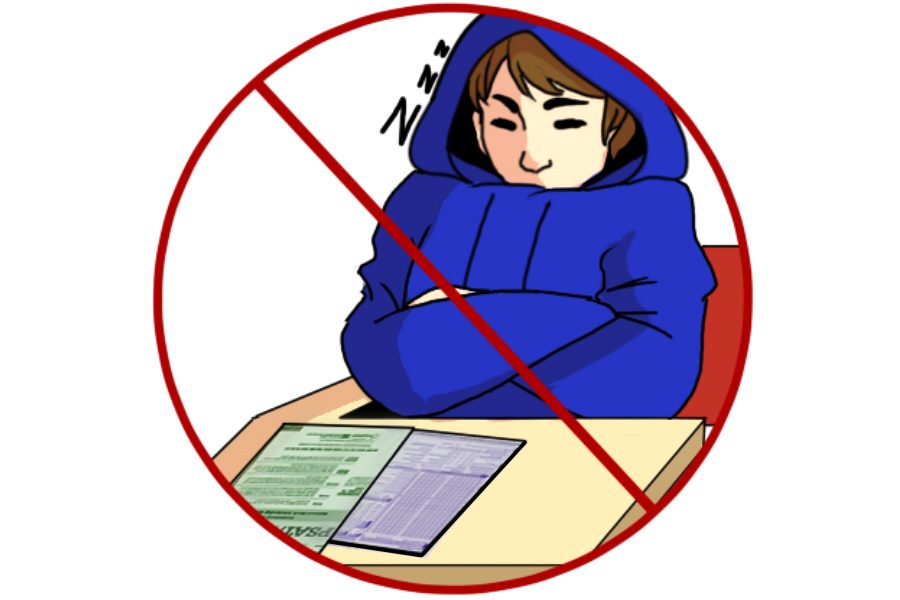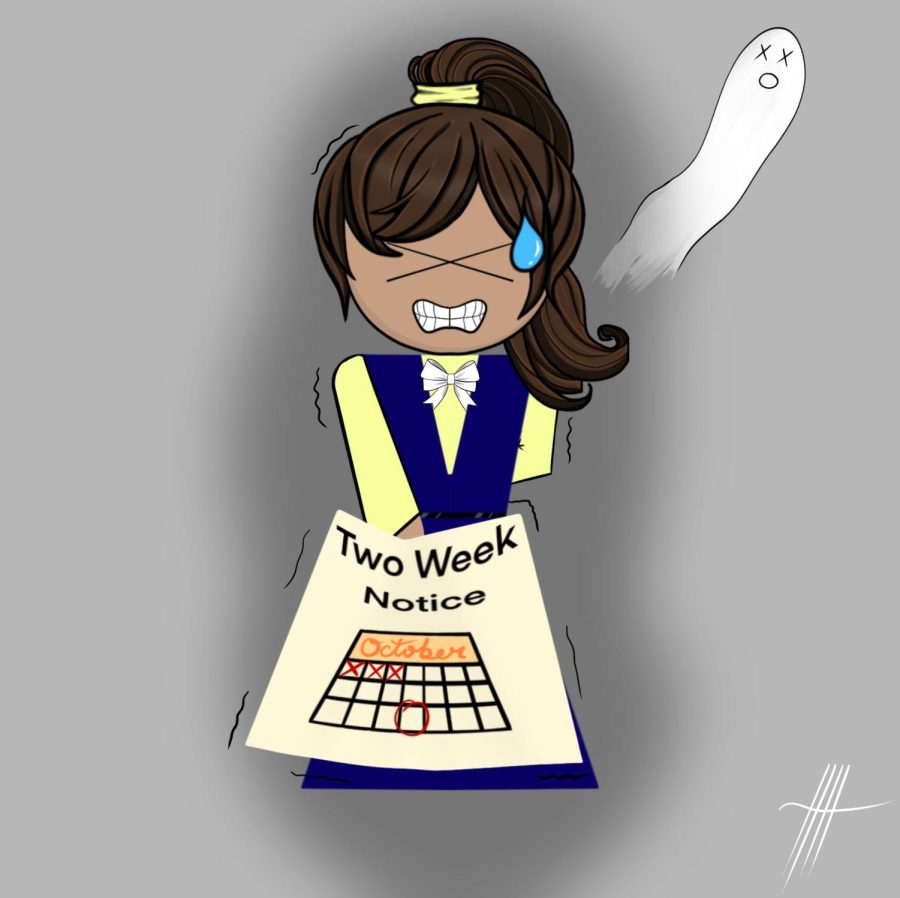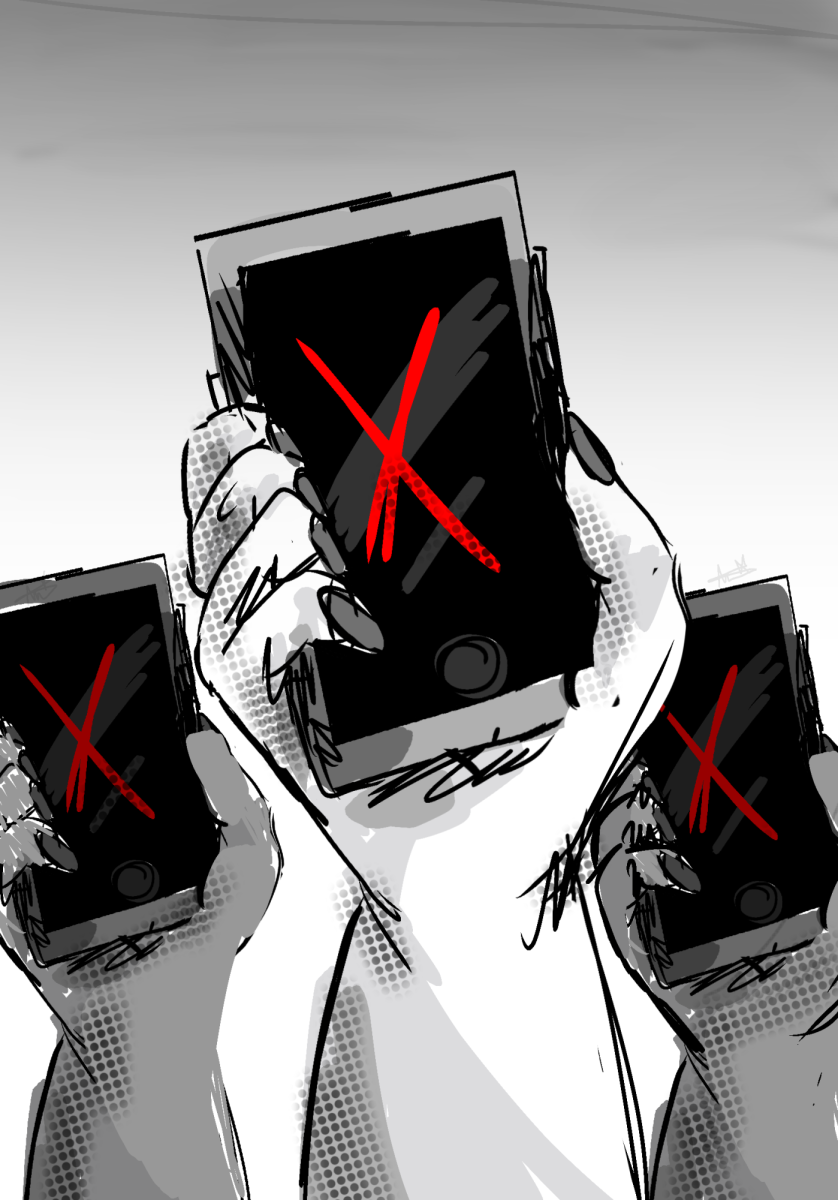The test has been paid for.
The average student pays at least $100 to take standardized tests, the SAT or ACT, which are still required or recommended by almost all colleges.
This total is estimated from factoring in the registration fees of the two tests, both over $50 when including the writing segment, and considering that on on average each college applicant will submit test scores from at least two separate testing dates.
The price alone is enough to deter a student from taking the test more than once or twice. And just showing up on test day without trying your best is not the most efficient way to spend your money, let alone ensure a reasonable test score to send off to schools.
Fortunately for LHS students the school district has already paid the registration fee for every student, freshmen to juniors, to take the PSAT free of charge.
It gives you a chance to practice taking a high stakes standardized test, so you will do better on the SAT and ACT.
While the SAT and ACT are intended to assess a student’s overall ability in math, reading, and writing, what these scores really reflect is how well you can take the standardized test.
With that being said, there is no better way to prepare for taking the SAT or ACT than by practicing and familiarizing yourself with the testing style, the easiest way to do so is through the PSAT (the ‘P’ in ‘PSAT’ literally stands for practice).
These PSAT scores will not be sent to school, but they directly correlate to your projected SAT score and indicate to students which subjects need the most improvement before taking the SAT at a later date. For LHS juniors, that date will be in the spring of 2017, and again the registration fee will be paid for by the school district.
PSAT/SAT testing tips:
- ANSWER EVERY QUESTION. The new model of the SAT does not penalize incorrect answers, so if you do not know the answer to a question, you have a 1/4 shot of guessing correctly.
- Don’t let yourself run out of time. You test proctor will write a “start” and “stop” time on the board and give you a warning before each section of the test is over. If you haven’t answered every question by the end of the allotted time, you will receive neither positive nor negative points. Answer every question in the answer booklet, even if you have to scramble to fill in circles right before time is up.
- Feel free to write in your test booklet. You can do all your work right under the question but just know that nothing you write in the test booklet is scored, the only responses scored are those in the answer booklet.
- There is always only one correct answer; do your best to eliminate incorrect answers to narrow down your choices
- Skim reading passages to get the main idea, then re-read to find specific details.
- For some students, the best way to stay focused is to circle answers in the test booklet and then transfer answers into the answer booklet at the end of a section.
















